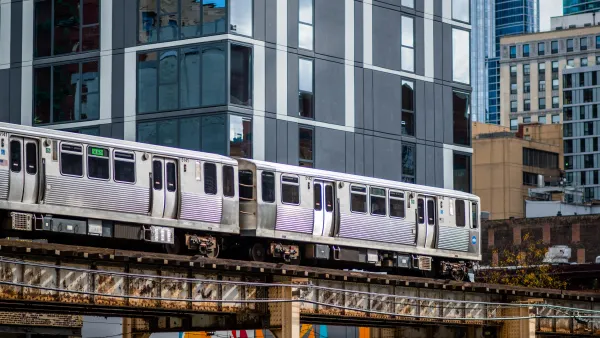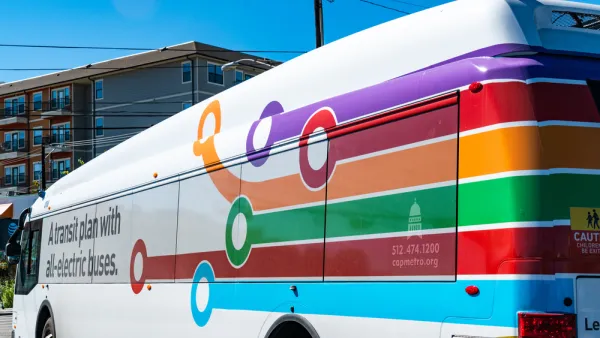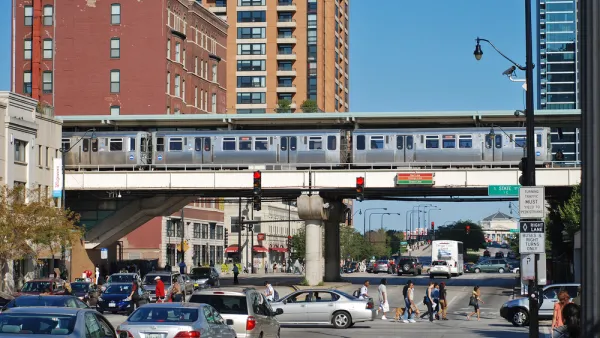The new legislation will promote more development near transit in the city’s underserved neighborhoods and improve safety for pedestrians and other road users.

A press release from the Chicago mayor’s office announces the passage of the city’s Connected Communities Ordinance, which updates Chicago’s Transit-Oriented Development (TOD) ordinance to promote more equitable outcomes. “Designed to stimulate equitable development near public transit, the ordinance creates jobs by catalyzing investment near transit, makes streets safer for all Chicagoans who walk, bike, drive or roll their wheelchair, and promotes affordable housing options near transit.
Calling it “the most comprehensive and equity-focused update to the City’s transit-oriented development policy yet,” the release states that “Key goals of the Connected Communities Ordinance [include] facilitating more investment near transit on the South and West sides of the City and preventing displacement and promoting affordable housing options in transit-rich communities on the North and Northwest sides – all while making sidewalks and streets safer everywhere.”
The city first passed a transit-oriented development (TOD) policy in 2016, but an analysis found that 90 percent of projects that took advantage of TOD incentives were located in Chicago’s wealthier neighborhoods. The new ordinance implements the recommendations made in the 2021 Equitable Transit-Oriented Development (ETOD) Policy Plan. One key component of the policy is expanding incentives to more areas of the city, including more bus corridors.

National Parks Layoffs Will Cause Communities to Lose Billions
Thousands of essential park workers were laid off this week, just before the busy spring break season.

Retro-silient?: America’s First “Eco-burb,” The Woodlands Turns 50
A master-planned community north of Houston offers lessons on green infrastructure and resilient design, but falls short of its founder’s lofty affordability and walkability goals.

Delivering for America Plan Will Downgrade Mail Service in at Least 49.5 Percent of Zip Codes
Republican and Democrat lawmakers criticize the plan for its disproportionate negative impact on rural communities.

Test News Post 1
This is a summary

Test News Headline 46
Test for the image on the front page.

Balancing Bombs and Butterflies: How the National Guard Protects a Rare Species
The National Guard at Fort Indiantown Gap uses GIS technology and land management strategies to balance military training with conservation efforts, ensuring the survival of the rare eastern regal fritillary butterfly.
Urban Design for Planners 1: Software Tools
This six-course series explores essential urban design concepts using open source software and equips planners with the tools they need to participate fully in the urban design process.
Planning for Universal Design
Learn the tools for implementing Universal Design in planning regulations.
EMC Planning Group, Inc.
Planetizen
Planetizen
Mpact (formerly Rail~Volution)
Great Falls Development Authority, Inc.
HUDs Office of Policy Development and Research
NYU Wagner Graduate School of Public Service





























